Fjo De Ridder
Short-term forecasting of solar irradiance without local telemetry: a generalized model using satellite data
Nov 12, 2019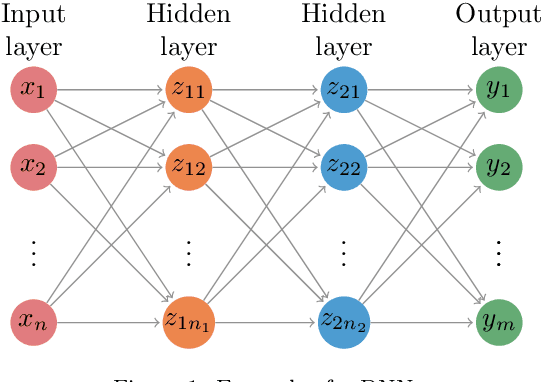
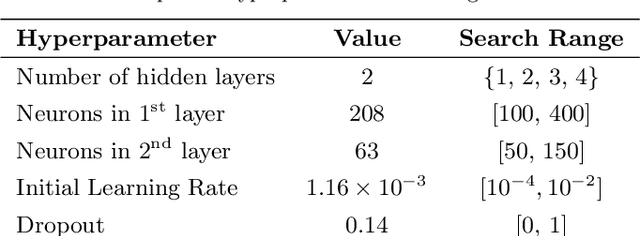

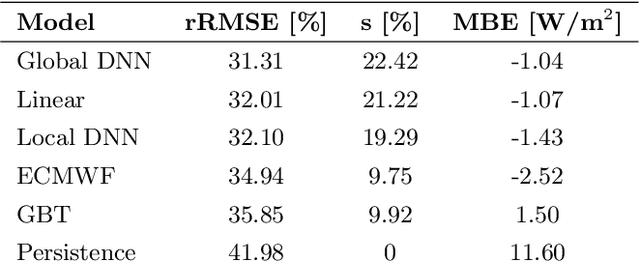
Abstract:Due to the increasing integration of solar power into the electrical grid, forecasting short-term solar irradiance has become key for many applications, e.g.~operational planning, power purchases, reserve activation, etc. In this context, as solar generators are geographically dispersed and ground measurements are not always easy to obtain, it is very important to have general models that can predict solar irradiance without the need of local data. In this paper, a model that can perform short-term forecasting of solar irradiance in any general location without the need of ground measurements is proposed. To do so, the model considers satellite-based measurements and weather-based forecasts, and employs a deep neural network structure that is able to generalize across locations; particularly, the network is trained only using a small subset of sites where ground data is available, and the model is able to generalize to a much larger number of locations where ground data does not exist. As a case study, 25 locations in The Netherlands are considered and the proposed model is compared against four local models that are individually trained for each location using ground measurements. Despite the general nature of the model, it is shown show that the proposed model is equal or better than the local models: when comparing the average performance across all the locations and prediction horizons, the proposed model obtains a 31.31% rRMSE (relative root mean square error) while the best local model achieves a 32.01% rRMSE.
Forecasting day-ahead electricity prices in Europe: the importance of considering market integration
Dec 07, 2017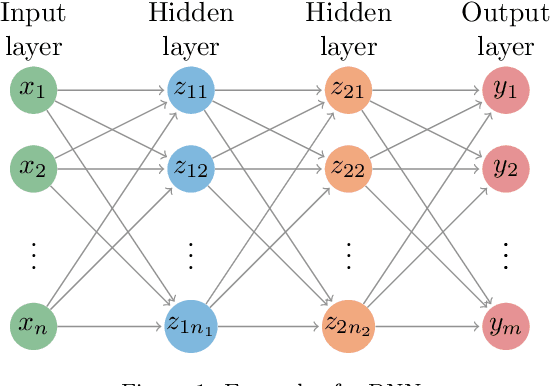
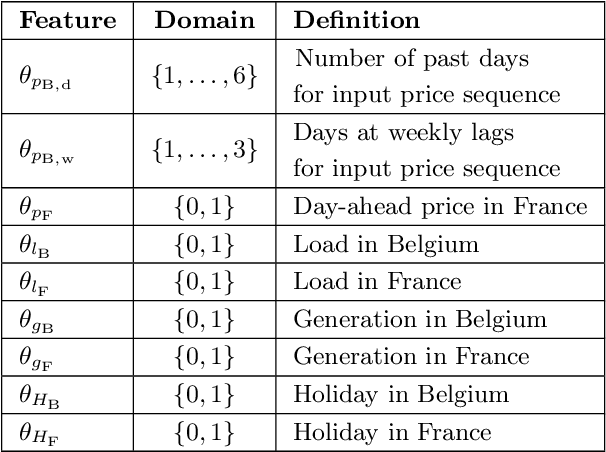
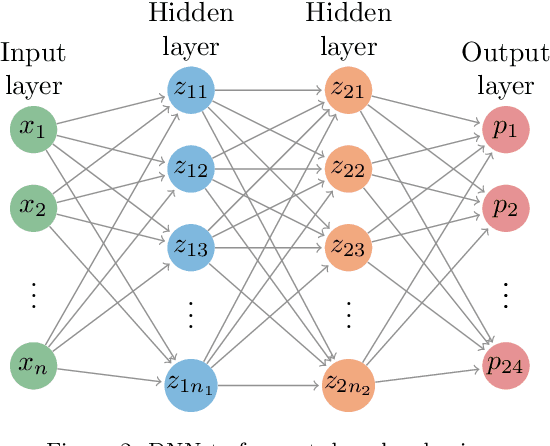

Abstract:Motivated by the increasing integration among electricity markets, in this paper we propose two different methods to incorporate market integration in electricity price forecasting and to improve the predictive performance. First, we propose a deep neural network that considers features from connected markets to improve the predictive accuracy in a local market. To measure the importance of these features, we propose a novel feature selection algorithm that, by using Bayesian optimization and functional analysis of variance, evaluates the effect of the features on the algorithm performance. In addition, using market integration, we propose a second model that, by simultaneously predicting prices from two markets, improves the forecasting accuracy even further. As a case study, we consider the electricity market in Belgium and the improvements in forecasting accuracy when using various French electricity features. We show that the two proposed models lead to improvements that are statistically significant. Particularly, due to market integration, the predictive accuracy is improved from 15.7% to 12.5% sMAPE (symmetric mean absolute percentage error). In addition, we show that the proposed feature selection algorithm is able to perform a correct assessment, i.e. to discard the irrelevant features.
 Add to Chrome
Add to Chrome Add to Firefox
Add to Firefox Add to Edge
Add to Edge